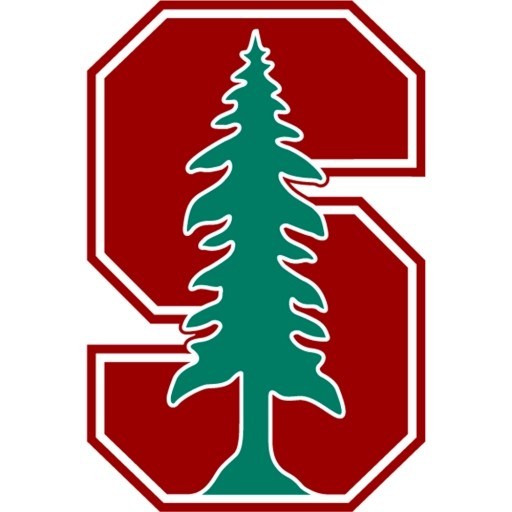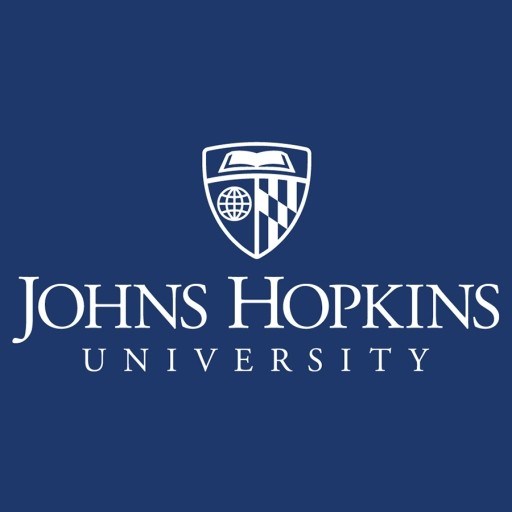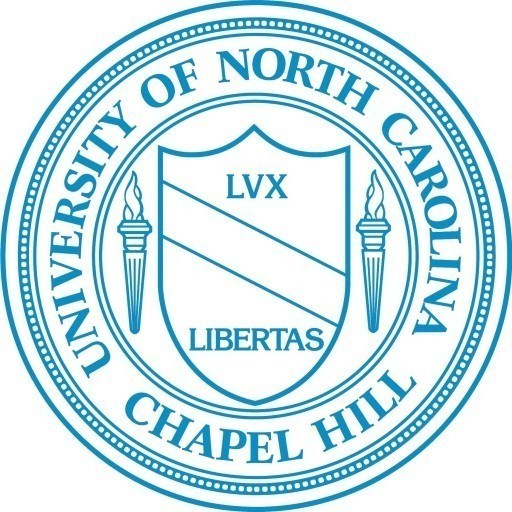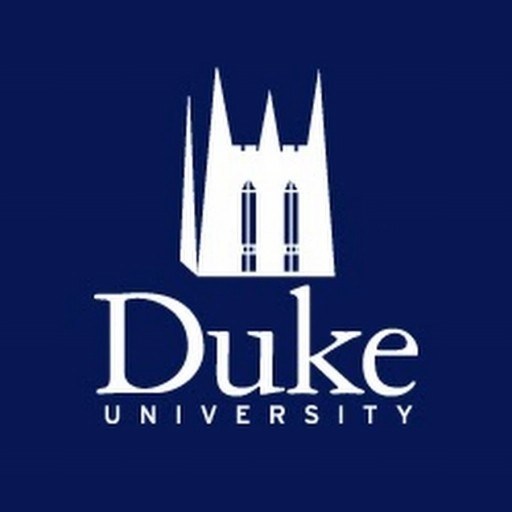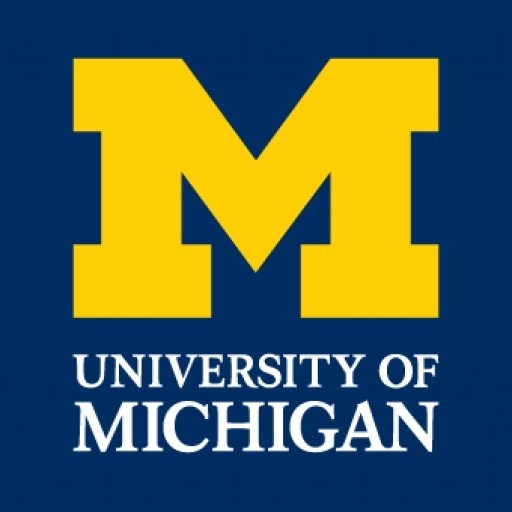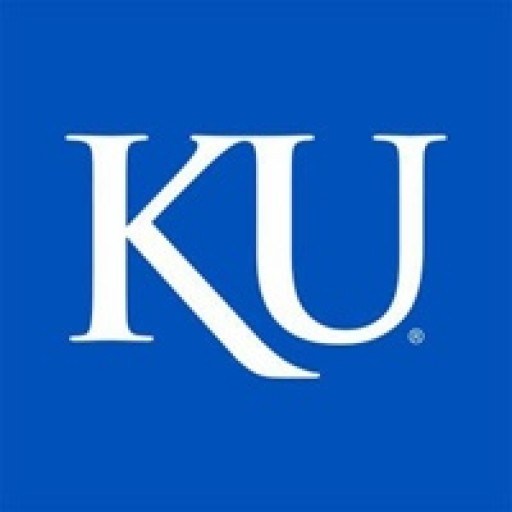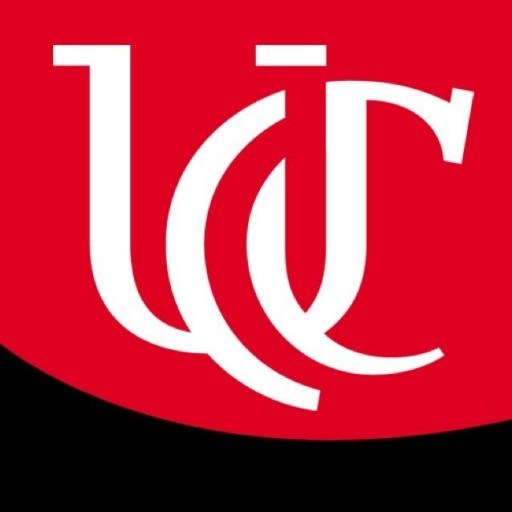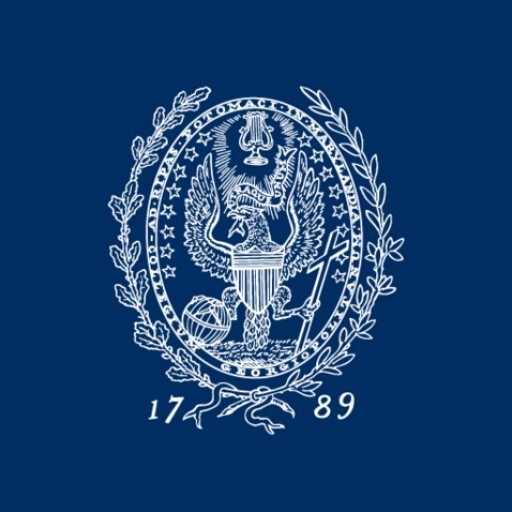Photos of university / #stanford
The Bachelor of Science in Applied Physics at Stanford University offers an innovative interdisciplinary program designed to prepare students for a wide range of careers in technology, research, and industry. This program combines fundamental principles of physics with practical applications, emphasizing experimental and computational skills essential for solving real-world problems. Students enrolled in the Applied Physics major gain a solid foundation in classical and modern physics, including mechanics, electromagnetism, quantum physics, and statistical mechanics, while also developing expertise in areas such as applied mathematics, materials science, electronics, and data analysis. The curriculum is designed to foster critical thinking, problem-solving, and quantitative reasoning, equipping graduates with the tools necessary to contribute to advancements in scientific research, engineering, and technology development.
The program offers a flexible structure that allows students to tailor their coursework and research experiences according to their interests and career goals. Students have access to state-of-the-art laboratories and research facilities, providing hands-on experience in experimental physics, nanotechnology, and advanced instrumentation. The department encourages undergraduate research projects, often in collaboration with faculty who are leading experts in their fields. Through seminars, workshops, and internships, students can explore various career pathways in academia, industry, and government laboratories.
The Applied Physics program also emphasizes interdisciplinary learning, integrating concepts from computer science, electrical engineering, materials science, and applied mathematics. This broad approach prepares students for emerging fields such as quantum computing, renewable energy technologies, advanced materials, and medical physics. graduates of the program are well-equipped to pursue graduate studies or enter the workforce directly, with many pursuing careers in research and development, engineering design, data analysis, or scientific consulting. With a comprehensive curriculum, cutting-edge resources, and a vibrant academic community, the Applied Physics major at Stanford University aims to cultivate innovative thinkers capable of addressing some of the most pressing scientific and technological challenges of our time.
The minimum requirements for the degree are 45 units, of which at least 39 units must be graduate-level courses in applied physics, engineering, mathematics, and physics. The required program consists of the following:
| Units | ||
|---|---|---|
| Advanced Mechanics | 3 | |
|
Select one of the following: |
||
|
PHYSICS 210 |
Advanced Mechanics | |
|
PHYSICS 211 |
Continuum Mechanics (approved substitute) | |
| Electrodynamics | 3 | |
|
PHYSICS 220 |
Classical Electrodynamics | |
| Quantum Mechanics | 6 | |
|
Select two of the following: |
||
|
PHYSICS 230 |
Graduate Quantum Mechanics I | |
|
PHYSICS 231 |
Graduate Quantum Mechanics II | |
|
EE 222 |
Applied Quantum Mechanics I (approved substitute) | |
|
EE 223 |
Applied Quantum Mechanics II (approved substitute) | |
|
PHYSICS 234 |
Advanced Topics in Quantum Mechanics (approved substitute) | |
|
PHYSICS 330 |
Quantum Field Theory I (approved substitute) | |
|
PHYSICS 331 |
Quantum Field Theory II (approved substitute) | |
|
PHYSICS 332 |
Quantum Field Theory III (approved substitute) | |
| Units | ||
|---|---|---|
|
APPPHYS 290 |
Directed Studies in Applied Physics | |
|
1-unit seminar courses |
||
| Examples of suitable courses include: | ||
|
EE 222 |
Applied Quantum Mechanics I | |
|
EE 223 |
Applied Quantum Mechanics II | |
|
EE 236A |
Modern Optics | |
|
EE 236C |
Lasers | |
|
EE 332 |
Laser Dynamics | |
|
EE 346 |
Introduction to Nonlinear Optics | |
|
PHYSICS 372 |
Condensed Matter Theory I | |
|
PHYSICS 373 |
Condensed Matter Theory II | |
-
Courses in Physics and Mathematics to overcome deficiencies, if any, in undergraduate preparation.
-
Basic graduate courses (letter grade required):
-
33 units of additional advanced courses in science and/or engineering. May be any combination of APPPHYS 290 Directed Studies in Applied Physics, any 1-unit course, and regular courses. At least 18 of these 33 units must be taken for a letter grade. 15 of these 18 units must be at the 200-level or above. Only 6 units below the 200-level are permitted without approval by the Applied Physics Graduate Study Committee.
-
-
A final overall grade point average (GPA) of 3.0 (B) is required for courses used to fulfill degree requirements.
There are no department nor University examinations. There is no thesis component. If a student is admitted to the M.S. program only, but later wishes to change to the Ph.D. program, the student must apply to the department's admissions committee.
Requirements
- Completed on-line application form
- Application fee. Payment by credit card (Visa or MasterCard only).
- Two original transcripts from each of the previous institutions of higher learning attended. For colleges and/or universities that are able to send Certified Electronic Transcripts (E-Transcripts), ask your Records/Registrar’s Office to e-mail the transcripts to claireni@stanford.edu.
- Three letters of recommendation – must be submitted using the online service. Letters cannot be e-mailed or faxed, per University policy, unless an exception has been made by the Applied Physics Graduate Admissions Committee.
- Statement of purpose
- GRE (verbal, quantitative, analytical, and subject). Use Code 4704 for the Institutional Code. A Department Code is not needed. PhD applications will be considered only if regular and subject (Physics) GRE scores are available. Subject GRE is not required for the MS degree application.
- TOEFL (required by the University of all international applicants). Refer to the Graduate Admissions Office Websitefor details.
Financial support for the Applied Physics program at Stanford University includes a variety of options designed to assist students in funding their education. Most graduate students in the program receive financial aid through fellowships, teaching assistantships, and research assistantships. The university offers numerous fellowship programs, which are often awarded based on academic merit, research potential, or specific criteria related to the applicant's background. These fellowships typically include tuition coverage and a stipend to support living expenses, enabling students to focus on their studies and research without undue financial burden.
Assistantship positions such as Teaching Assistantships (TAs) and Research Assistantships (RAs) are also commonly available for graduate students. TAs assist faculty with instructional duties, grading, and student support, and usually come with a stipend and tuition remission. RAs involve working on research projects under faculty supervision and often provide a source of funding that integrates students into cutting-edge research initiatives, which can also include stipends and tuition benefits. The availability of these positions varies each year and depends on departmental funding and research grants.
In addition to internal financial aid, students may have opportunities to secure external fellowships and scholarships offered by government agencies, private foundations, and industry partners. These external awards often support research, travel, and conference attendance, and can supplement university-funded grants. Students are encouraged to apply early and seek guidance from departmental staff and university financial aid offices to identify suitable funding sources.
Stanford University also provides financial advising services to help students plan their funding strategies effectively. These services include detailed information about application procedures, eligibility criteria, and deadlines for various funding options. Students are advised to review the university’s official financial aid website and consult directly with the department's financial aid office for the most current information on available funding opportunities.
Overall, the financial support system at Stanford University aims to attract talented students to its Applied Physics program by minimizing financial barriers and promoting diversity and inclusion within its academic community. With a combination of internal fellowships, assistantships, and external funding opportunities, students in the Applied Physics program can often graduate with manageable debt levels, making their advanced education more accessible and sustainable.
Applied Physics at Stanford University offers students a comprehensive and interdisciplinary education that bridges the gap between physics and engineering. The program is designed to provide a strong foundation in fundamental physical principles while enabling students to apply this knowledge to the development of new technologies and innovative research. Students in the program have access to cutting-edge laboratories, collaborative research opportunities, and courses that span multiple fields including condensed matter physics, optics, materials science, quantum mechanics, and nanotechnology. The curriculum emphasizes both theoretical understanding and practical skills, preparing graduates for careers in academia, industry, or entrepreneurial ventures.
Undergraduates in Applied Physics can pursue a Bachelor of Science (B.S.) degree, with options for specialized tracks such as Applied Physics and Physics, allowing students to tailor their education to their career goals. The department encourages collaboration with other departments such as Electrical Engineering, Mechanical Engineering, and Chemistry, reflecting its interdisciplinary approach. Research plays a significant role in the applied physics program, with students participating in projects related to quantum computing, photonics, semiconductor devices, and advanced materials. The faculty comprises leading scientists who are actively publishing and innovating, providing mentorship and guidance to students.
Graduate students may pursue master's and doctoral degrees, engaging in high-level research that often intersects with Stanford's renowned Silicon Valley ecosystem. This affords students unique opportunities for internships and partnerships with technology companies, startups, and research institutions. The applied physics community at Stanford is vibrant, fostering an environment of innovation, collaboration, and discovery. The program is committed to developing not only technical expertise but also problem-solving skills, communication skills, and ethical considerations in science and engineering.
Overall, the Applied Physics program at Stanford prepares students to be future leaders in science and technology, emphasizing hands-on experience, interdisciplinary learning, and a strong theoretical background. Graduates are equipped to address some of the most pressing scientific and technological challenges of our time, contributing to fields such as renewable energy, quantum information, and advanced manufacturing. The program's robust network of alumni and industry connections provides valuable opportunities for career advancement and continued learning.
